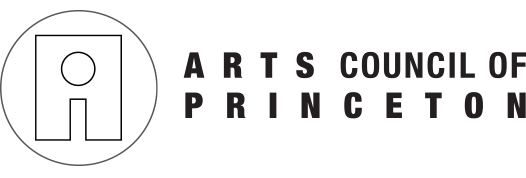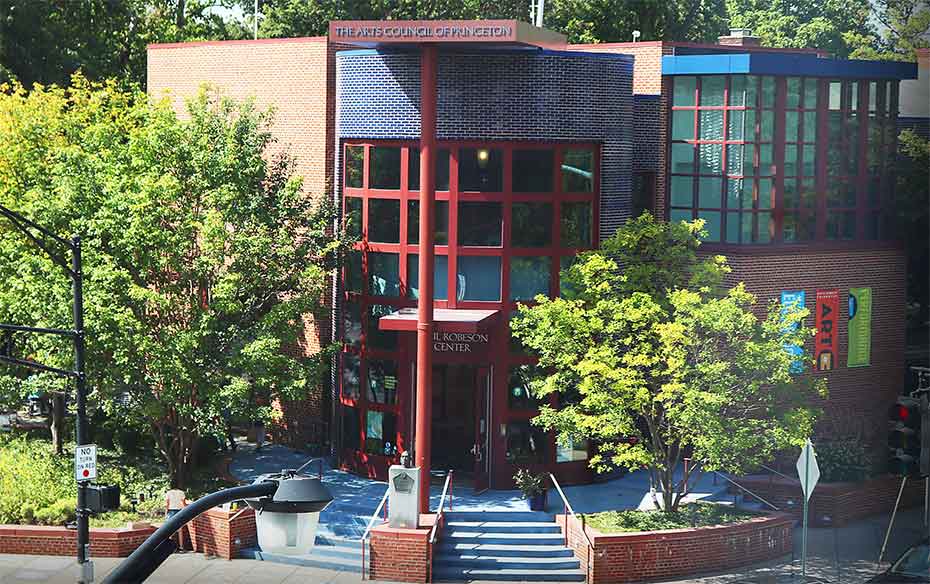
Become a Member
Your ACP Membership provides you with discounts on classes, camps and workshops, invitations to members-only events, and savings when you shop at local partners. You will also be providing us with critical funding.
where art happens

Whether you’re a beginner or an expert, young or old, this is a place where you can imagine, learn, make, and create art. Get started today. We offer classes in every medium—find your favorite!
so many ways to get involved

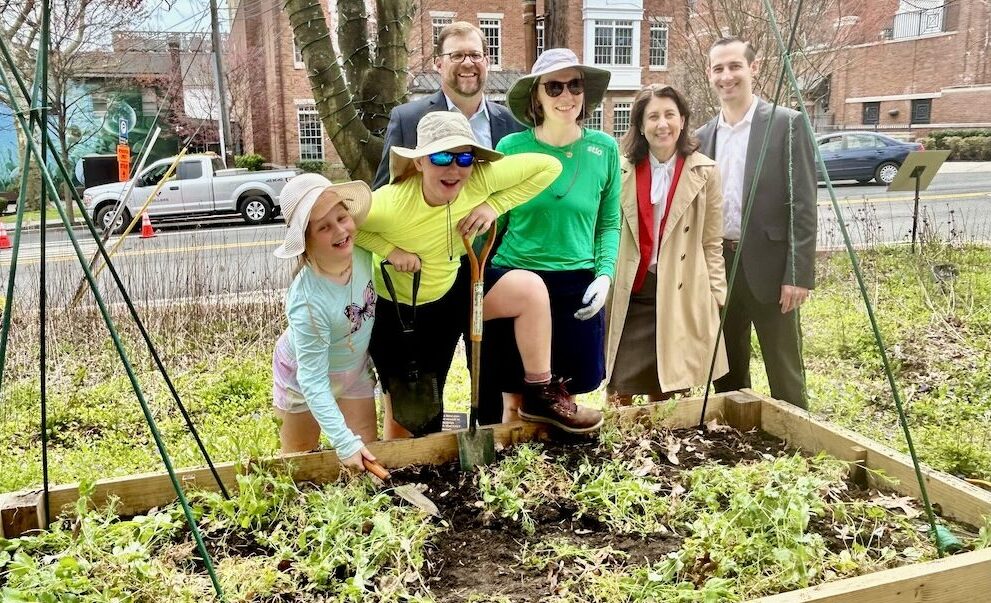
For the latest updates on events, activities, and news from the Arts Council, please visit our newsroom. We love to post and keep everyone in the loop.
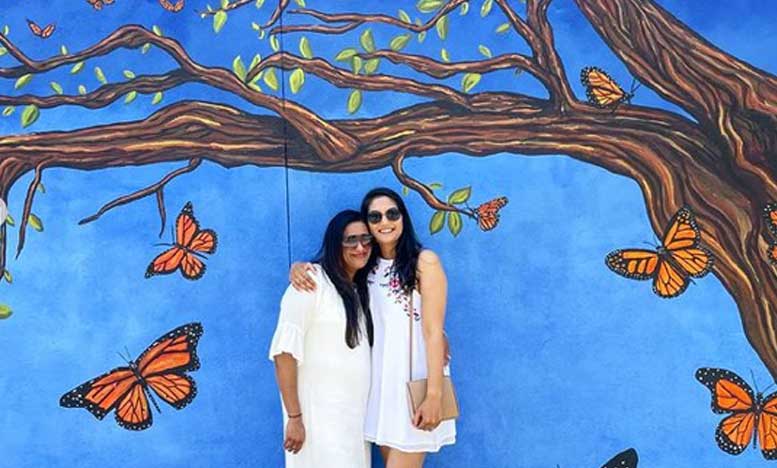
Our art murals are located all around town. This on-going community project, lead by the Arts Council, puts the focus on public art and the enormous value and vitality it brings. Take a tour!
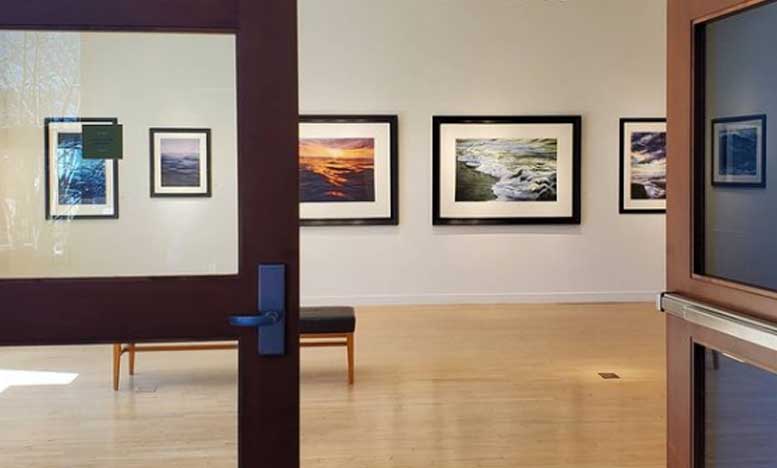
A combination of permanent and rotating artwork and installations, our galleries feature a wide variety of style, mediums, and subject matter from artists in our community and beyond. Drop by for a visit!
come to one of our many events

find us on instagram @artscouncilprinceton

join our community


Your ACP Membership provides you with discounts on classes, camps and workshops, invitations to members-only events, and savings when you shop at local partners. You will also be providing us with critical funding.
The Arts Council of Princeton offers a host of opportunities to artists who are looking to exhibit their work, teach classes, or advance their artistic skills. Check out the many ways we are here to support you and your work.
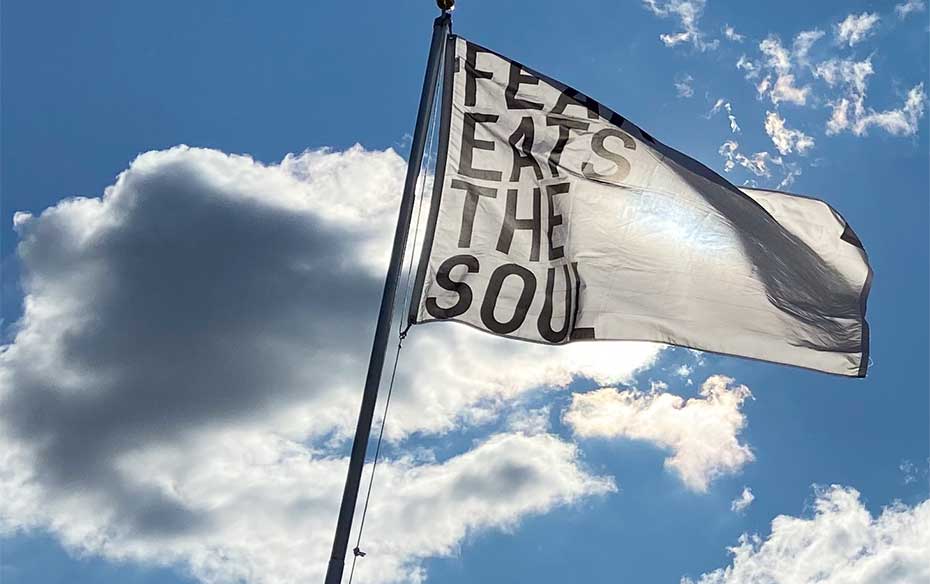
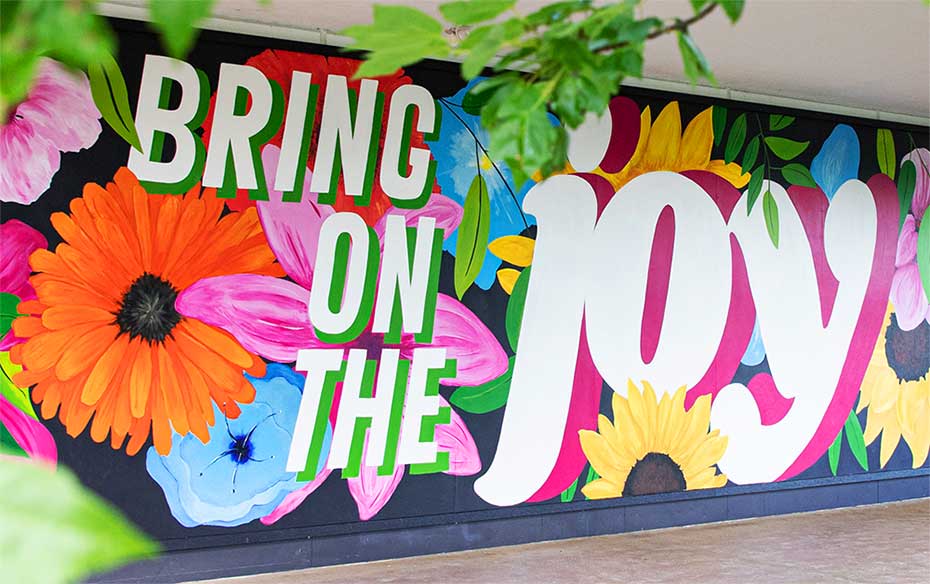
Equity and access are at the heart of what we do. Your support ensures that everyone including the most vulnerable members of our community have access to life-affirming arts programming.
Get the scoop on new classes and upcoming events, reminders for class sign-ups, and more. Subscribe below.
